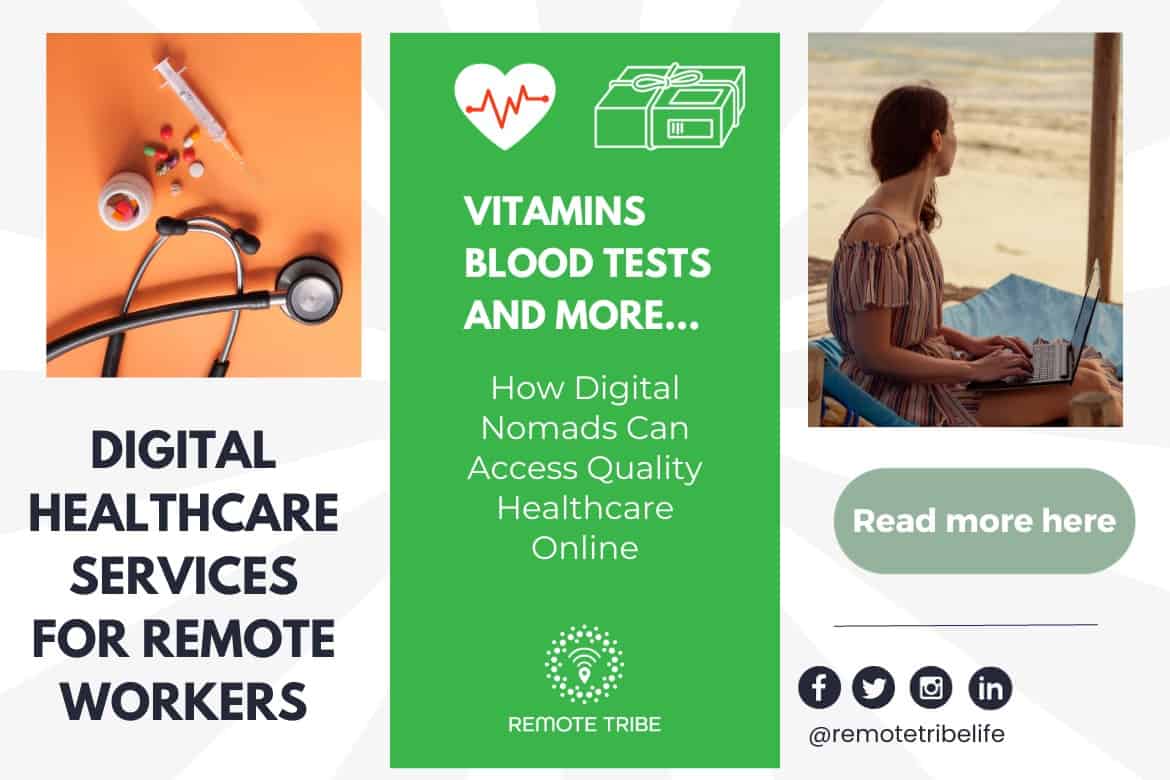A Comprehensive Guide to Subscription Based Healthcare: What You Required to Know
A Comprehensive Guide to Subscription Based Healthcare: What You Required to Know
Blog Article
The Rise of Subscription-Based Medical Care and Its Influence On Client Care
As healthcare evolves, the subscription-based version is obtaining grip, promising to change patient care by providing predictability and access. The potential for these versions to improve healthcare delivery increases pressing questions concerning their long-lasting sustainability and inclusivity. Are these registration services the future of healthcare, or do they take the chance of leaving prone populations behind?
Recognizing Membership Healthcare Versions
Understanding the principle of membership healthcare designs involves checking out a transformative technique to medical services that emphasizes cost and accessibility. These designs, typically described as direct medical care (DPC) or attendant medicine, have actually become ingenious alternatives to typical fee-for-service health care systems. Registration healthcare permits patients to pay a fixed month-to-month or annual charge for a specified set of medical solutions, which may consist of unrestricted workplace sees, regular check-ups, and standard lab tests, without the demand for conventional insurance policy billing.
The structure of registration healthcare designs is made to improve individual care by removing third-party payers and complex payment codes, therefore decreasing administrative problems. Medical care companies can concentrate extra on person care, fostering stronger patient-provider relationships. This model also promotes preventative care by urging routine sees, as the economic barrier of per-visit costs is removed.
The subscription model typically encourages doctor to take care of smaller patient panels, permitting more personalized care. It straightens financial incentives with patient health end results, as carriers are encouraged to keep client fulfillment and wellness. Generally, comprehending subscription medical care versions needs recognizing their potential to improve exactly how care is supplied and accessed.
Advantages for Clients and Service Providers

For suppliers, subscription-based versions offer the opportunity to deepen patient-provider connections. With a consistent earnings stream, healthcare experts can devote more time to every individual, bring about an extra personalized and extensive care experience. This design likewise minimizes dependence above person quantities, reducing burnout and enhancing task satisfaction. The emphasis on preventative treatment within subscription plans can lead to much better individual outcomes and reduced long-lasting health care costs. By focusing on constant care, companies can deal with issues prior to they escalate, inevitably benefiting the healthcare system as an entire by lowering the concern on emergency and intense care services.
Concerns and challenges
While subscription-based health care models present countless benefits, they likewise feature a set of difficulties and worries that have to be attended to. Initially, accessibility stays a substantial issue, as these models usually target individuals who can pay for month-to-month costs, potentially omitting low-income populations. This elevates moral questions regarding fair accessibility to medical care solutions. In addition, the varied nature of membership strategies can bring about complication amongst people regarding insurance coverage specifics, possibly causing unmet assumptions or inadequate treatment.
Financial sustainability of subscription-based versions is one more issue. Carriers have to stabilize the set earnings from memberships with the variable prices of medical care solutions, which may fluctuate as a result of unpredicted clinical requirements. This can create stress to limit services or rise charges, potentially influencing individual contentment and care high quality.
In addition, regulatory oversight of subscription-based health care versions is still developing. Attending to these obstacles is essential for the effective and fair implementation of subscription-based health care.
Impact on Patient-Doctor Relationships
One considerable influence of subscription-based medical care versions on patient-doctor partnerships is the potential for enhanced connection and personalized care. By adopting a membership model, doctors can handle a smaller patient panel, enabling for more devoted time with each person. This raised schedule cultivates a much deeper understanding browse around here of a client's moved here case history, lifestyle, and preferences, enabling extra customized therapy strategies and treatments.

Nevertheless, it is necessary to identify that while subscription-based versions might profit those who can afford them, they could accidentally broaden health care differences. Individuals who are incapable to join these versions may experience reduced accessibility to customized treatment, potentially impacting their connections with health care companies. Thus, while the registration model supplies appealing advantages for patient-doctor connections, it also postures challenges that require to be resolved to guarantee fair healthcare gain access to.
Future of Healthcare Gain Access To

The duty of technology can not be neglected in this makeover. Telemedicine systems and digital health documents promote smooth interaction in between individuals and doctor, damaging down logistical and geographical obstacles. Furthermore, developments in fabricated knowledge and data analytics can further personalize medical treatment by forecasting person demands and enhancing treatment plans.
However, the future of medical care accessibility likewise presents challenges, such as ensuring equity throughout various socio-economic groups. Policymakers and doctor must collaborate to link the digital divide, guaranteeing that subscription-based models continue to be inclusive and budget friendly. As these systems mature, they hold the promise of making medical care a lot more available, reliable, and patient-centric.
Conclusion
Subscription-based medical care designs are reshaping individual treatment by providing a secure price structure and enhancing accessibility. The surge of subscription-based healthcare encourages aggressive person interaction, which has the prospective to enhance patient end results and complete satisfaction, signifying a transformative shift in health care distribution.
As healthcare progresses, the subscription-based version is obtaining grip, guaranteeing to transform patient treatment by supplying predictability and availability.Subscription-based health care designs supply unique benefits for both suppliers and patients, boosting the total healthcare experience.As health care systems progress, the future of medical care access frequently hinges on the assimilation of cutting-edge designs and innovations.Subscription-based health care designs are improving patient treatment by supplying a steady cost structure and boosting availability. The surge of subscription-based medical care encourages aggressive person engagement, which has the prospective to improve client outcomes and complete satisfaction, signifying a transformative shift in health care delivery.
Report this page